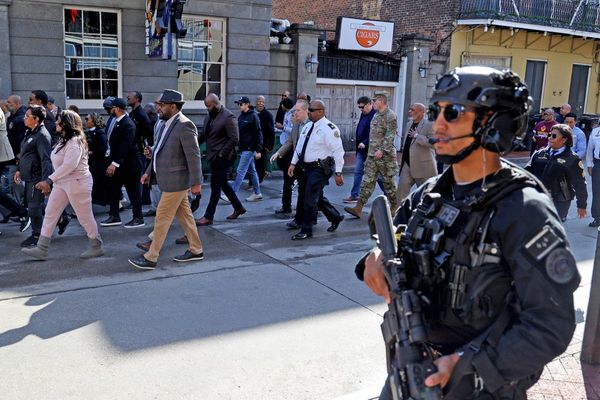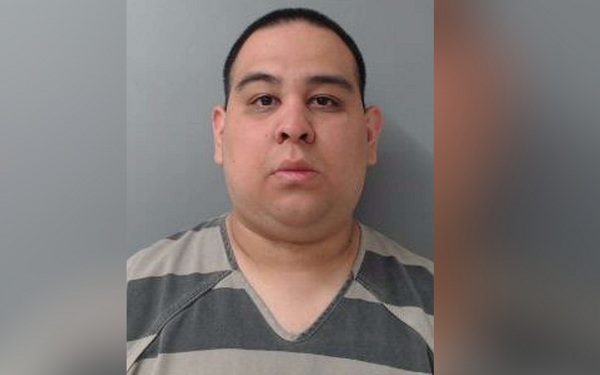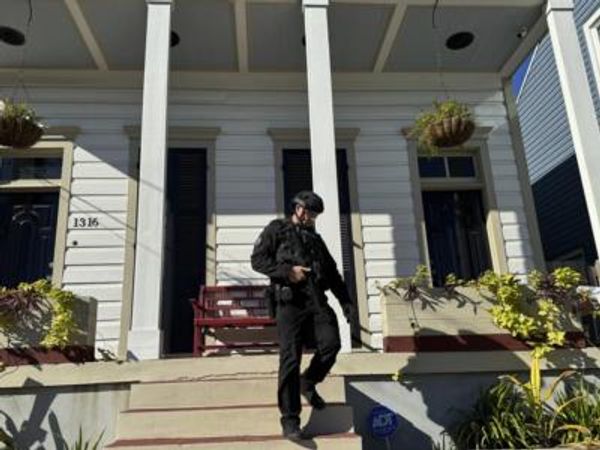
The boss of the Reserve Bank of Australia has popped up on TV for the first time in 12 years, in yet another sign that extremely unusual times have arrived for Australia.
Following the RBA decision to raise the official interest rate by 0.5 percentage points last week, Philip Lowe granted a rare interview on 730 to exiting host Leigh Sales. This is his first time doing a prime-time interview and the first time a Reserve Bank governor has been on TV since 2010 when Glenn Stevens went on Sunrise to chat to David “Kochie” Koch.
When the RBA slashed rates in the wake of the global financial crisis there was no TV appearance. When it hiked them afterwards, again, no interview. In the pandemic, when the RBA cut rates close to zero and began an unprecedented campaign of quantitative easing? No TV interview.
Lowe often fronts the press, but that’s about reaching financial markets. Questions largely come from Reuters, Bloomberg and the Financial Review, and the people hanging on his every word trade billions in government paper and collateralised mortgages. This was much more about punters — real Australians who owe money to the bank. It is a classy way to talk to the punters, doing it via Leigh Sales, but a way to reach them nonetheless.
Menu of worry
So, what is going on? Three things:
First, very high inflation. The RBA is way behind the curve here, with inflation soaring to 5.2% and still rising. The central bank used to try to head off inflation before it happened. This time it chose not to and will now play catch-up.
Second, the governor wanted Australians to think the RBA wouldn’t hike rates for years. He used his chat with Sales to try to reassure everyone with an “if-then” statement: we won’t raise rates so long as wages and the economy remain subdued — and we don’t expect them to improve until 2023-24. But that subtlety is usually lost by the press, and even sometimes by the RBA itself, which in 2021 described its outlook by saying “the cash rate was very unlikely to be increased for three years”.
The final reason that Lowe is on TV is he’s pulling a lever, and its fulcrum is households. When he pulls down, the pressure hits people with mortgages. They are the ones who feel the pressure — or the borrowers do, at least. A small share of people with significant sums in interest-earning cash are likely to be whooping.
So the governor wasn’t just making sure financial markets understood the nuances of his thinking — what they call “jawboning” — he was heading off potential popular dissent.
“The emergency is over and it’s time to remove the emergency settings and move to more normal settings for monetary policy,” he said.
The RBA doesn’t want people to feel they are getting screwed. Lowe was at pains to point out that the rate hike comes at a time of wealth.
“The economy’s done remarkably well. The unemployment rate is at a 50-year low, a higher share of the population has a job than ever before, households have built up very large financial buffers. Over the past couple of years, people have put away an extra $250 billion — it’s a lot of money — and the saving rate is still high, and the number of people who’ve fallen behind in their mortgages is actually declining, not rising,” he said.
“There’s a lot of resilience in the household sector.”
All of which is true. But reminding people they have money to spend is likely to dampen the effects of rate hikes, not amplify them. Why would he do it?
We’ll address the cynical reason first. The independent RBA is up for review this year, by the elected representatives of the people. A cynic might say the RBA will be very keen to put its best foot forward ahead of that review, for fear there is popular impetus for significant change. Lowe will not want errant claims about the probability of rate hikes in 2022 to be the main topic of discussion in that review, and he is attempting to bury that issue.
I’d favour a less cynical reason, which is that the two teeny-weeny rate hikes so far have coincided with a pandemic-scale collapse in consumer confidence.

“Outside of the pandemic, consumer confidence hasn’t been this low since January 1991, the midst of the early 1990s recession,” said ANZ head of Australian economics David Plank.
Recession is not a word you want to see right now, and yet it is one being bandied about in relation to the US. The RBA must walk a narrow path. That is not to say the two little rate hikes implemented so far are the cause of the collapse in confidence. It’s the expectation that interest rates will keep rising that is pulling confidence lower, as well as collapsing asset markets here and abroad. But lifting rates in an environment of such consumer angst will be a novel experiment, and it may be why the governor is so keen to talk to households directly — to remind them this is a normalisation, not an attempt to crush them.
Will it work?
I mentioned earlier that the previous RBA governor, Glenn Stevens, went on TV in 2010. It is worth having a quick look at what he said when he appeared.
“We cut interest rates to what we call emergency settings when we had an emergency, when we thought we really were going to face a big downturn and we wanted to try to get ahead of that. Once the emergency has passed and things gradually look more normal, then it’s not wise to leave interest rates right down at rock bottom any longer than we need,” Stevens said at the time. (Transcript preserved by the inestimable Peter Martin.)
The circumstances were alike: the acute crisis had passed, inflation was rising and so were interest rates. What happened next is instructive. Stevens managed only three more rate hikes — all in 2010 — before the economy ran out of impetus. Unemployment bottomed out in late 2010 and hovered around 5% in 2011. By November 2011 the governor was cutting rates again, but it was not enough to stop unemployment from creeping up.
In my view, one big problem in 2011 was fiscal policy. The ghost of Peter Costello haunted the treasurer’s office. Wayne Swan was determined to be a good manager of budget debt, to get back in black.
“We have imposed the strictest spending limits, delivering $22 billion in savings to make room for our key priorities, ensuring our country lives within its means,” Swan said in 2011.
He tried to run tight budgets, trying to reduce the deficit each year. Unemployment rose steadily until Labor was voted out (and rose further under the management of Joe Hockey, who also saw Costello’s surpluses as an ideal). Swan’s chief of staff, Jim Chalmers, is now our treasurer. His budget comes out later in the year, but in the 7.30 interview Lowe gives a big hint about the fiscal settings Chalmers may apply.
“I’m not particularly concerned about a lack of alignment between monetary and fiscal policy. I’ve already had a couple of meetings with the new treasurer. I know he is as committed as I am to bringing inflation back to the 2-3% range. So I think over the next little while there’ll be close alignment between fiscal and monetary policy. I have no concerns there.”
The budget will be tight. The risk here is that Chalmers moves hard to reduce stimulus while Lowe is doing the same and, combined, they go too far. Could TV appearances by the governor of the RBA be a leading indicator of overreach? Time will tell.







